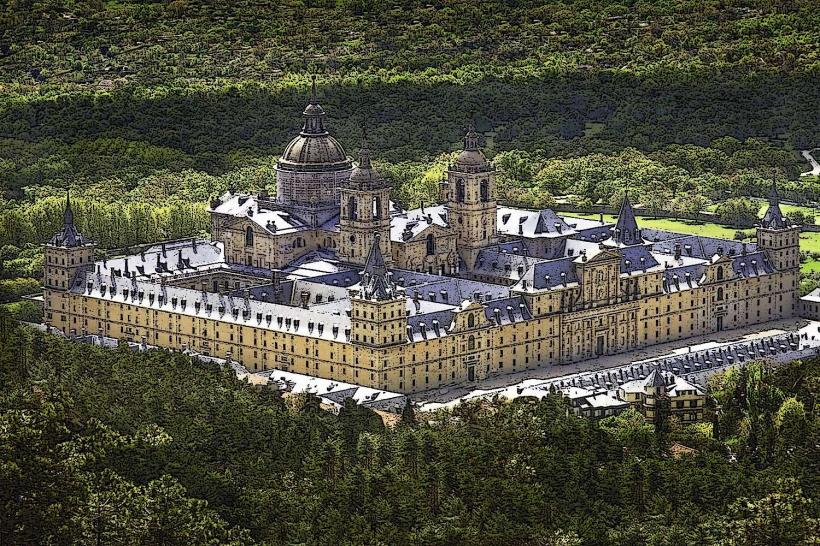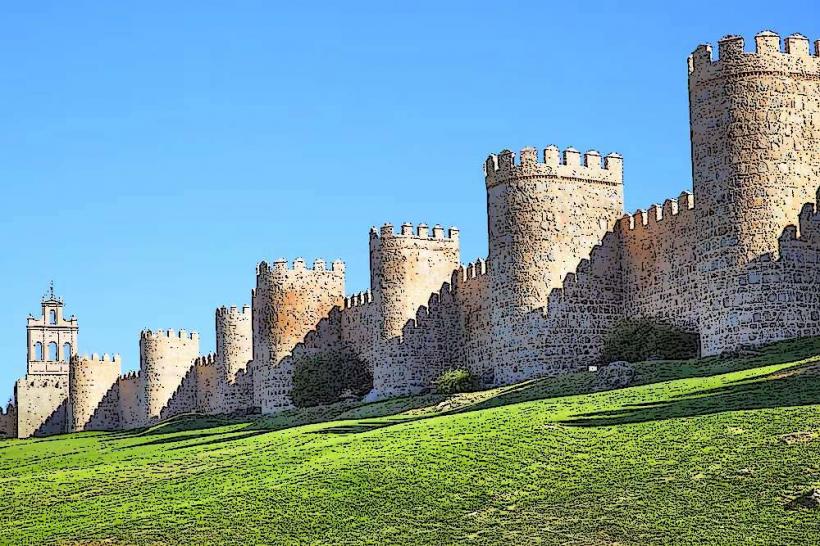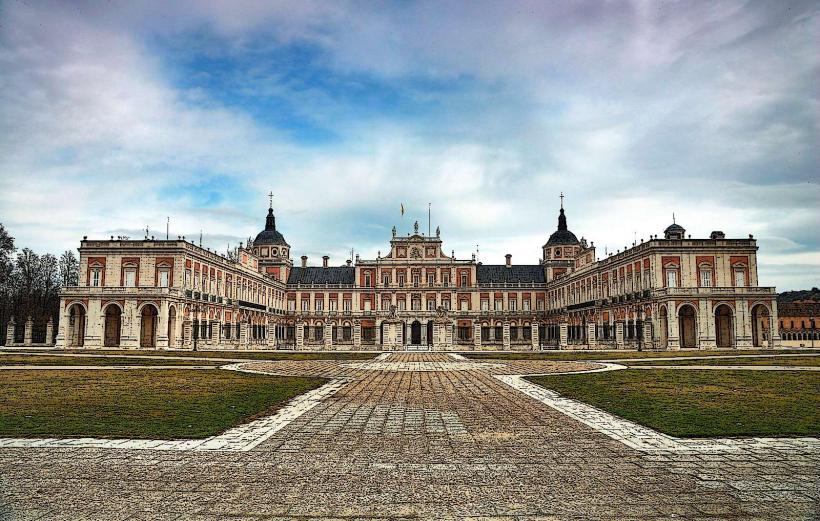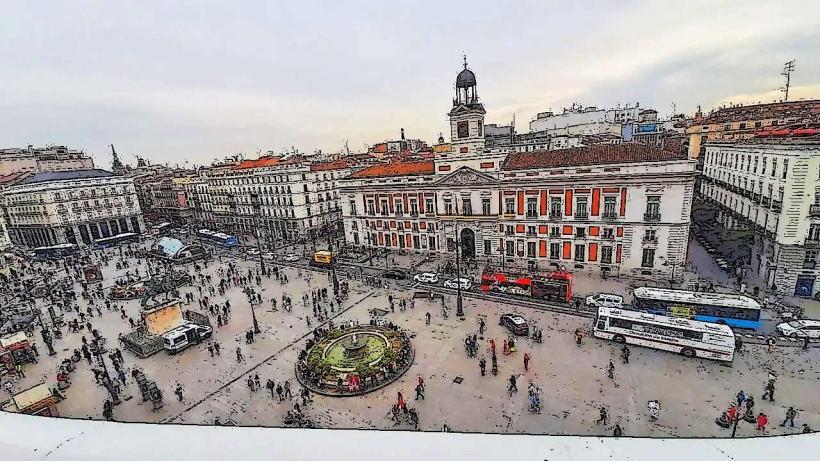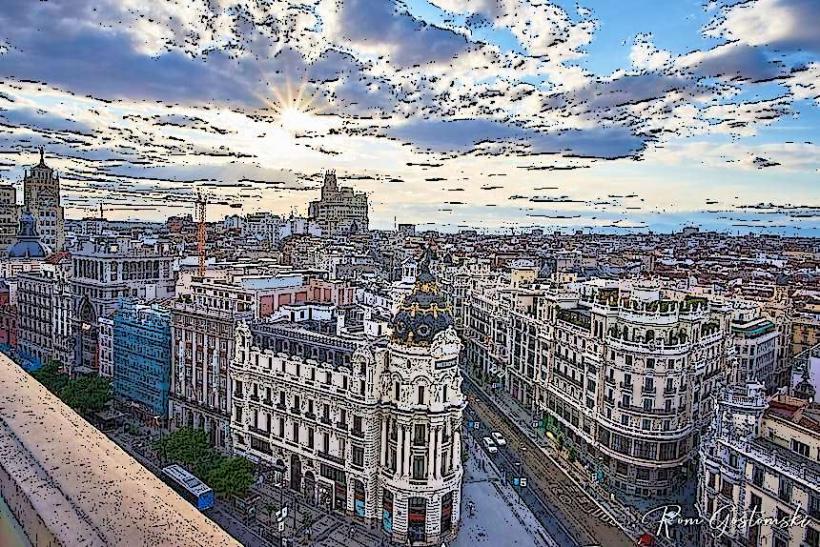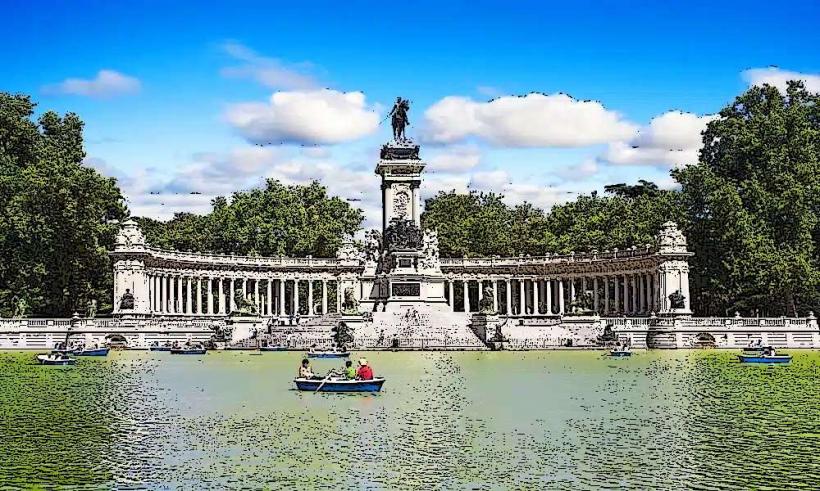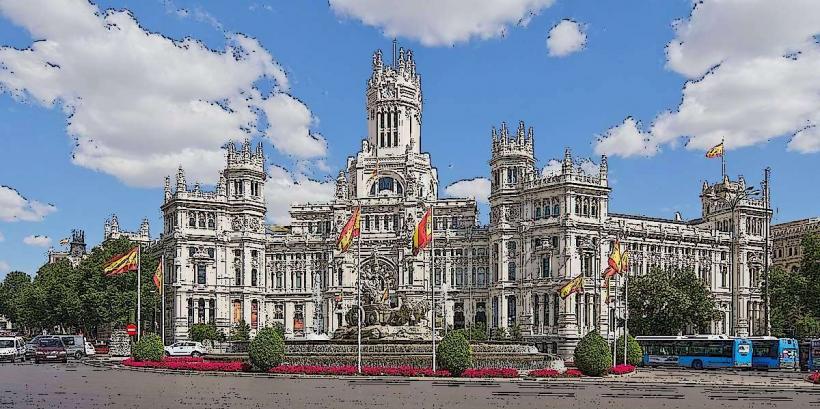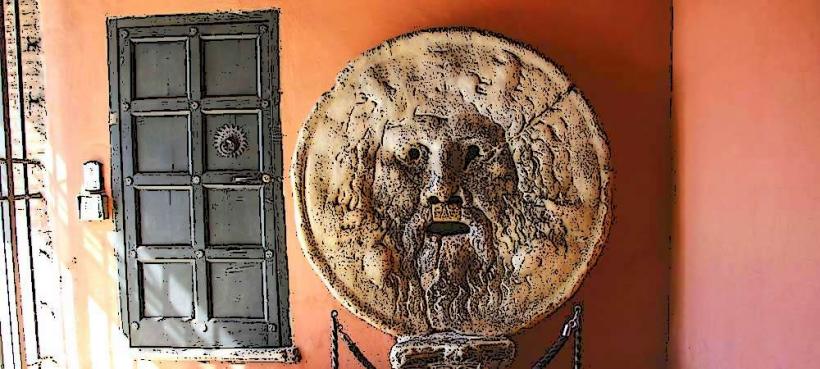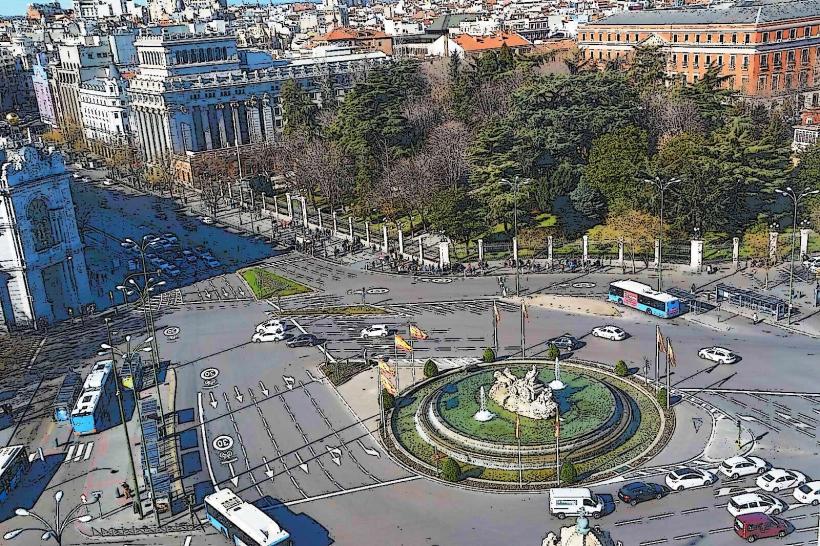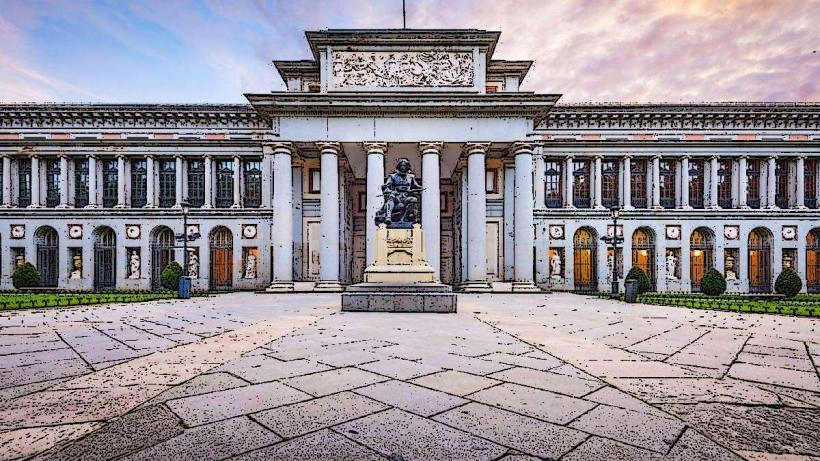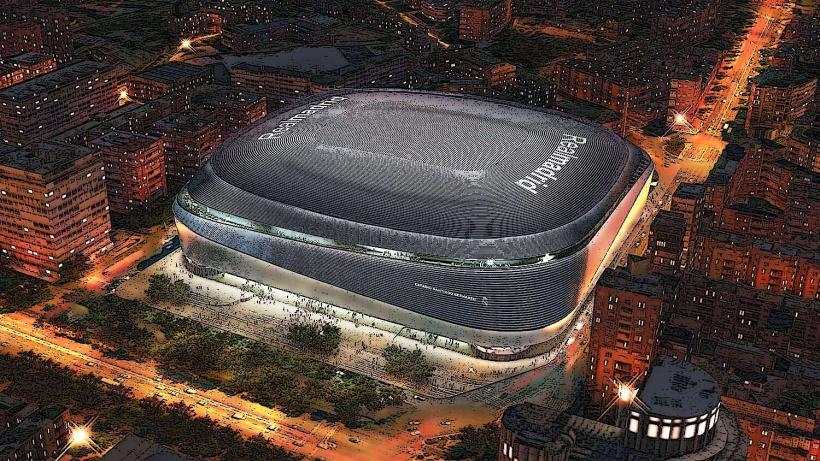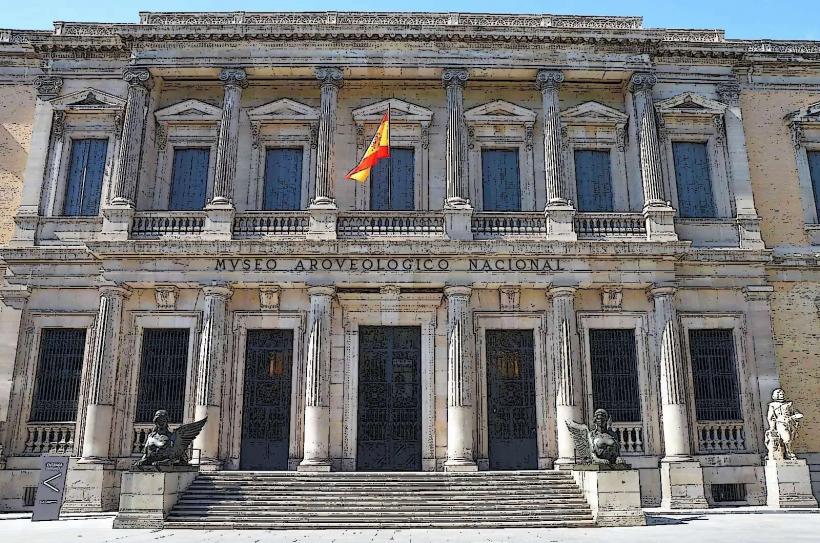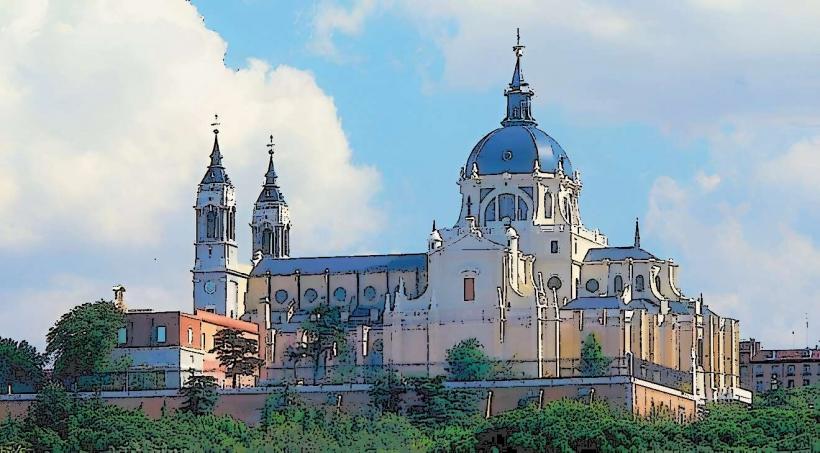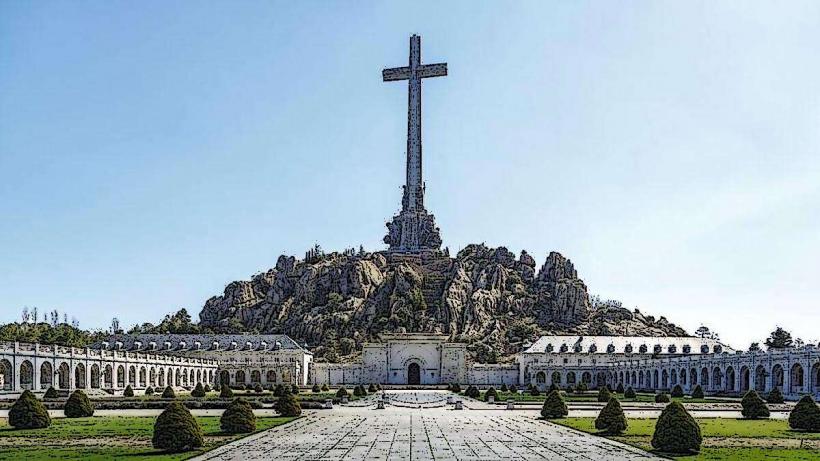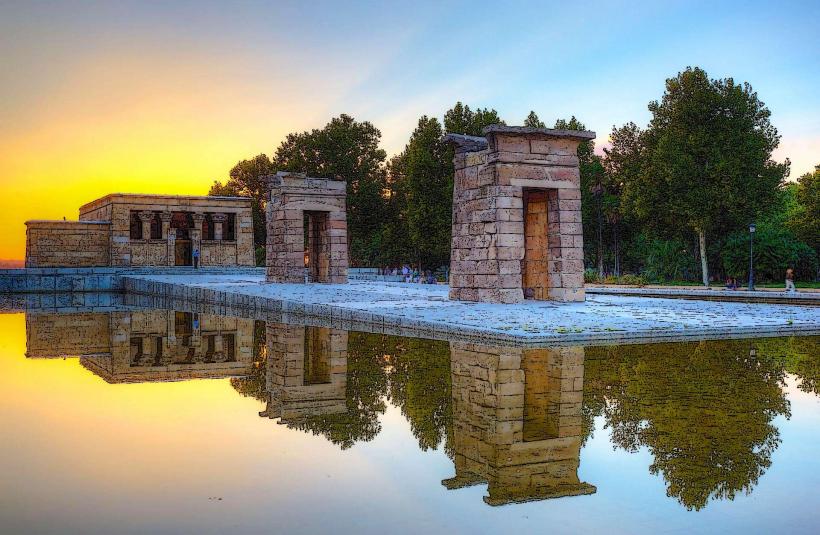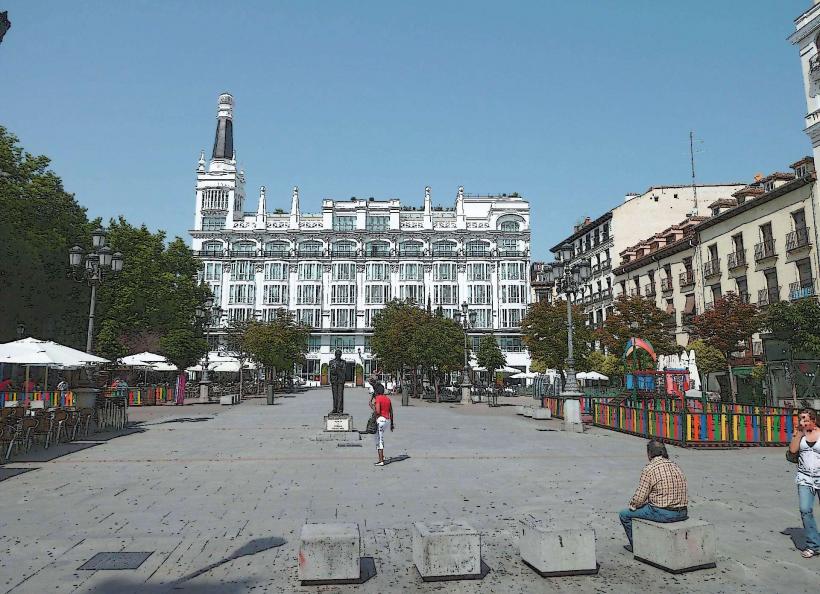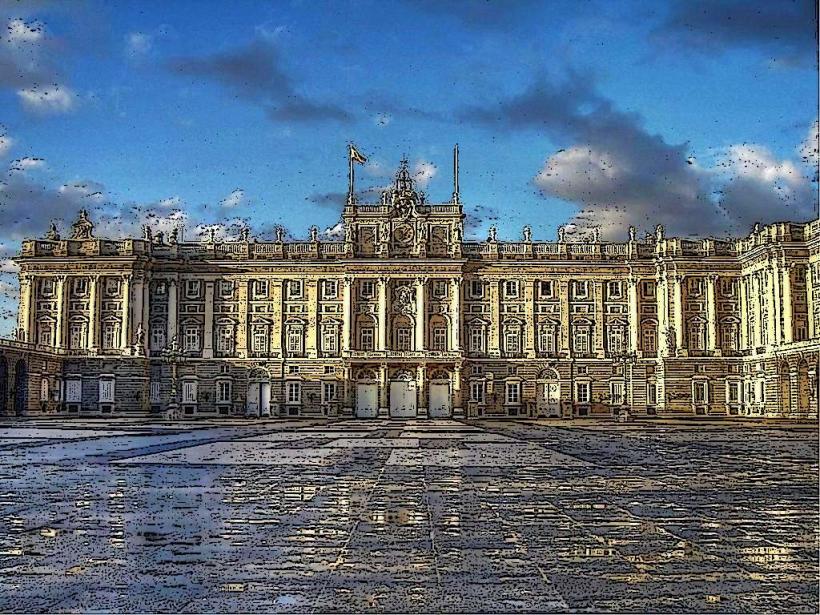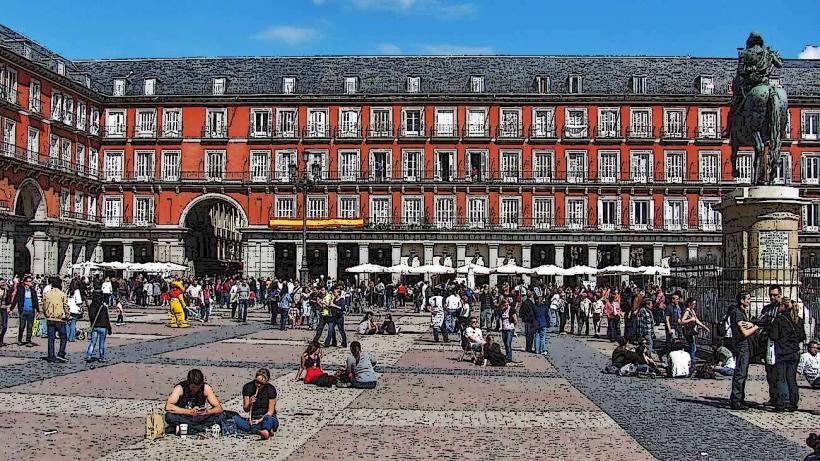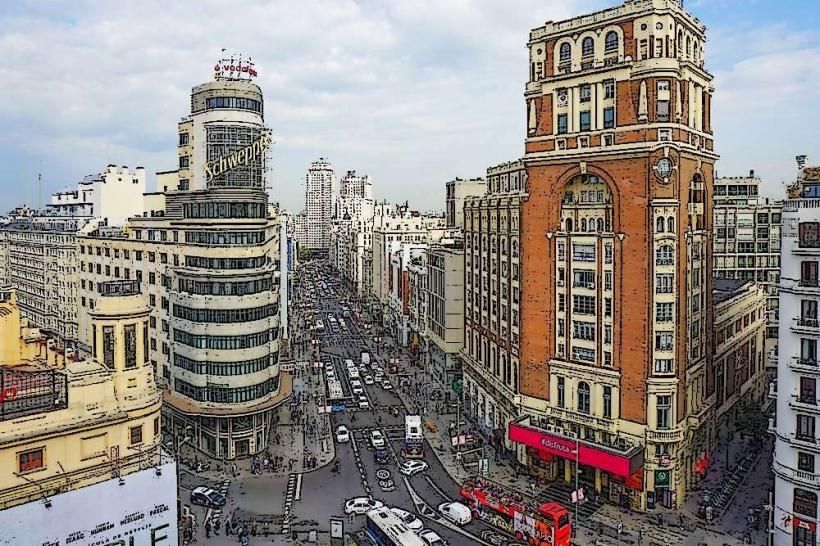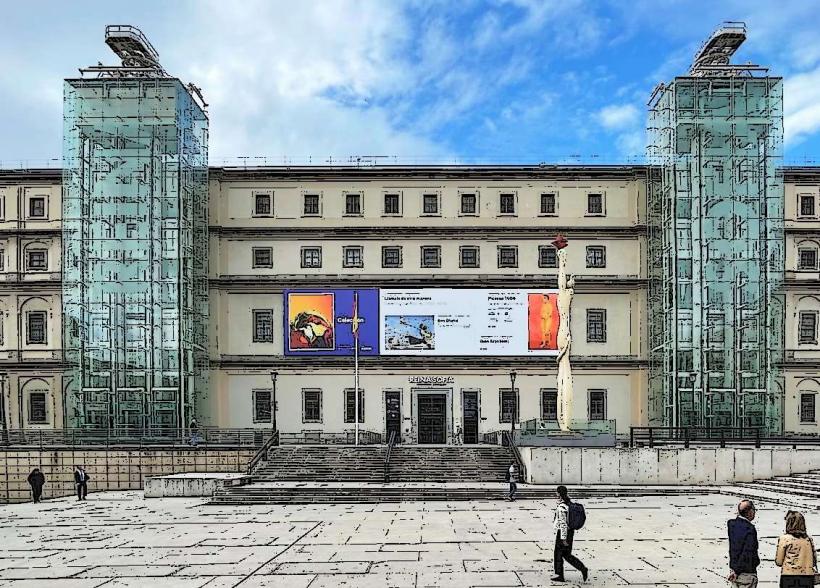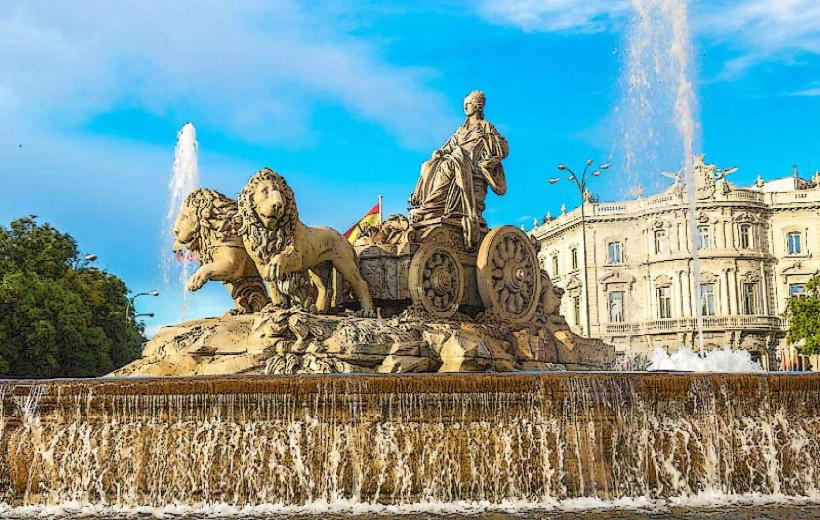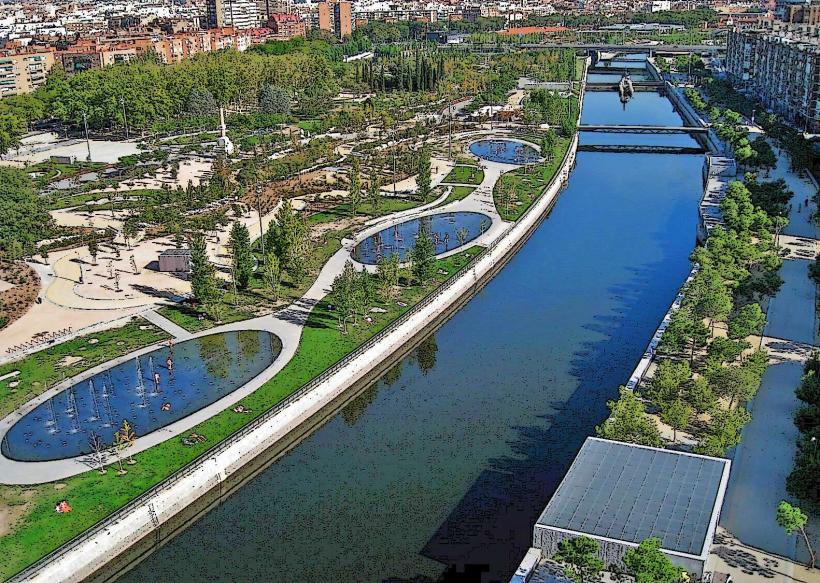Information
Landmark: Puerta de AlcalaCity: Madrid
Country: Spain
Continent: Europe
The Puerta de Alcalá is one of the most iconic landmarks in Madrid, Spain, and a symbol of the city’s rich history and architectural heritage. It is a monumental neoclassical gate located in the Plaza de la Independencia, at the eastern entrance to the Retiro Park. The gate is not just a significant historical structure but also a key point of reference in Madrid’s urban landscape.
Key Features of the Puerta de Alcalá:
1. History and Origins
- Construction: The Puerta de Alcalá was designed by the Italian architect Francesco Sabatini in the late 18th century. It was commissioned by King Charles III as part of the urban reforms he initiated during his reign. The gate was completed in 1778 and was originally built to replace an older gate that stood in the same spot, which was part of Madrid’s city wall.
- Purpose: The gate was designed as a triumphal arch to celebrate the king’s reign and the prosperity of Madrid. It was intended to welcome visitors entering the city from the eastern side, particularly those arriving via the road from Aragon.
2. Architectural Design
- Neoclassical Style: The Puerta de Alcalá is a fine example of neoclassical architecture, characterized by its elegant simplicity and classical design elements. The arch features a series of columns and decorative details that draw inspiration from ancient Roman architecture.
- Materials and Features: Constructed from granite and limestone, the gate has a monumental and imposing presence. It consists of five arches, with the central arch being the largest, flanked by two smaller ones on each side. The design incorporates classical features such as Corinthian columns, pediments, and reliefs, which contribute to its grandeur.
- Sculptural Reliefs: The gate is adorned with several sculptural reliefs, which depict various allegorical scenes representing virtues and symbols associated with the monarchy, such as Peace, Victory, and Fortune. These carvings were executed by the Spanish sculptor Francesco Antonio Gutiérrez and are a notable aspect of the gate’s artistic design.
3. Symbolism
- Triumphal Arch: As a triumphal arch, the Puerta de Alcalá was designed to symbolize royal power and the success of the Spanish monarchy under Charles III. Its grand scale and classical elements were meant to convey the strength and stability of the monarchy and the prosperity of Madrid.
- Victory and Peace: The sculptural reliefs and overall design of the gate reflect themes of victory and peace, with symbols of military triumph and allegories of calm and harmony. This reflects the political and social aspirations of the time, as well as Charles III’s reforms aimed at modernizing Spain.
4. Role in Madrid’s Urban Landscape
- Monumental Entrance: The Puerta de Alcalá was originally intended to serve as a monumental entrance to Madrid, welcoming travelers and visitors coming into the city from the eastern side. Today, it is a prominent landmark that marks the entrance to Plaza de la Independencia, one of Madrid’s main squares, and provides access to the Retiro Park.
- Connection to Other Landmarks: The gate is located at a key intersection in the city, close to other significant landmarks such as the Cibeles Fountain, Gran Vía, and the Prado Museum. Its central location makes it an important reference point for both locals and tourists in Madrid.
- Surrounding Square: The Plaza de la Independencia in which the gate is located is an important traffic hub, and the Puerta de Alcalá stands as the focal point of the square. The area surrounding the gate is frequently used for both tourist visits and public gatherings.
5. Cultural Significance
- Symbol of Madrid: The Puerta de Alcalá is one of Madrid’s most recognizable symbols, often appearing in images representing the city. It is an emblem of Madrid’s classical heritage and serves as a reminder of the city’s evolution over centuries.
- Celebrations and Events: The Puerta de Alcalá often serves as a backdrop for festivals, parades, and public celebrations in Madrid. It is a common sight during events like the Madrid Pride parade and the New Year’s celebrations, where the gate is often illuminated and adorned for special occasions.
6. Modern Day
- Tourist Attraction: Today, the Puerta de Alcalá is a popular tourist attraction, admired for its monumental architecture and its historical significance. It is frequently visited by tourists who want to learn more about Madrid’s past and admire its stunning neoclassical design.
- Public Landmark: The gate continues to be a public landmark and is located in a pedestrian-friendly area, allowing visitors to appreciate its grandeur up close. It is often photographed by both tourists and locals and is a favorite spot for enjoying the surroundings.
- Lighting and Nighttime Appeal: At night, the Puerta de Alcalá is beautifully illuminated, highlighting its sculptural reliefs and architectural details. The gate becomes even more impressive under the lights, creating a striking sight against the night sky.
7. Transportation
- Transportation Hub: The Puerta de Alcalá is located at a major traffic intersection in Madrid. Several major roads converge around the gate, making it a focal point for traffic. However, it is also a pedestrian-friendly area, with the Plaza de la Independencia being a hub for walking routes leading to Retiro Park, Gran Vía, and other major areas in the city.
Conclusion
The Puerta de Alcalá is not only a historical monument but also a key cultural symbol of Madrid, representing the city’s neoclassical grandeur, its royal past, and its transformation into a modern European capital. Its striking design, historical context, and symbolic significance make it one of the most visited and admired landmarks in Madrid. Whether you are marveling at its architecture, learning about its history, or simply enjoying the surrounding area, the Puerta de Alcalá remains an enduring symbol of the city’s identity.

